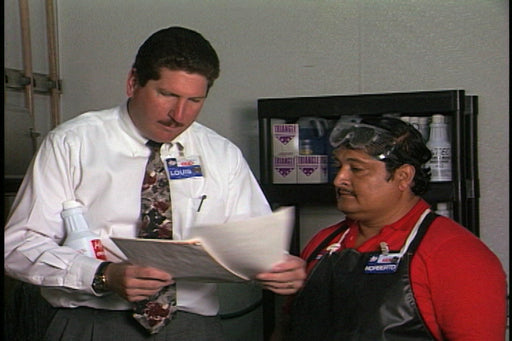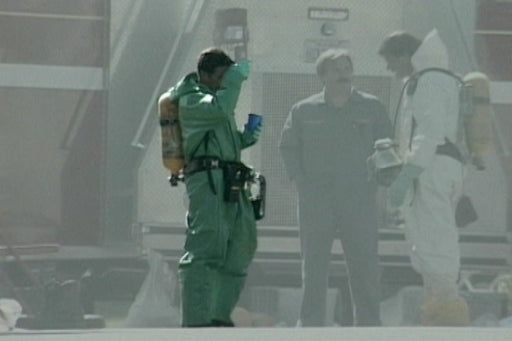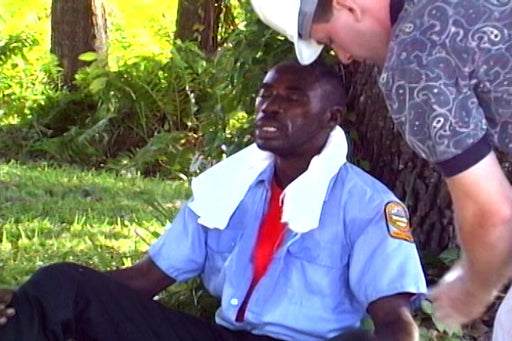
Controlling Exposure To Bloodborne Pathogens (V2)
Controlling Exposure to Bloodborne Pathogens for workers is the focus of this program. Although many workers have always been exposed to bloodbo...
View full details
Controlling Exposure to Bloodborne Pathogens for workers is the focus of this program. Although many workers have always been exposed to bloodbo...
View full details
Employees who wear a respirator must be trained and authorized by the company. They must know how to put on and take off the respirator. The sele...
View full details
Abrasive wheels can be found in most maintenance shops and in some cases manufacturing. Persons who use this equipment must be well trained and ...
View full details
This is a short refresher training course. Runtime: 6 Min.

Bloodborne Pathogens - Final Ruleprogram is anupdated training program bringing together the latest and most up to date information relating to B...
View full details
Controlling Exposure to Bloodborne Pathogens explains new methods of infection control to prevent the occupational spread of HIV and Hepatitis B ...
View full details
Respiratory protection and self-contained breathing apparatus are used to protect from harmful gases, fumes and chemicals. Training is required o...
View full details
Fit testing under New NIOSH Standards program explains the new rules and procedures for proper fit testing of respiratory equipment. These new st...
View full details
A hazard analysis is a process used to assess risk. The results of a hazard analysis are the identification of unacceptable risks and the selectio...
View full details
This is a short refresher training course. Runtime: 6 Min.

It is important to wear a respirator to prevent exposure to airborne hazardous substances. A respirator is used to remove specific air contaminan...
View full details
Respirators: New Rules are explained in this program. Employers have protected their workers from potentially harmful gas, fumes, mists, vapors a...
View full details
Carbon Monoxide (CO) is an odorless gas. CO is one of the most common chemical killers in industry and home. All industries include carbon monoxi...
View full details
The type of chemical determines the kind of personal protective equipment (PPE) to be worn. Protection against a corrosive compound is different fr...
View full details
During summertime, the risk of heat illness or dying of over-exposure from the effects of heat becomes greater. Workers whose jobs are outside ar...
View full details
Respirators should always be fitted for comfort and safe use. One size respirators do not fit all. If you have a beard or long sideburns there are...
View full detailsLet us keep you in the safety loop and send you goodies like discount codes and promotions. We don't sell or rent your email. That's it, sign up now.
Copyright © 2024 Digital2000 Safety Training.
